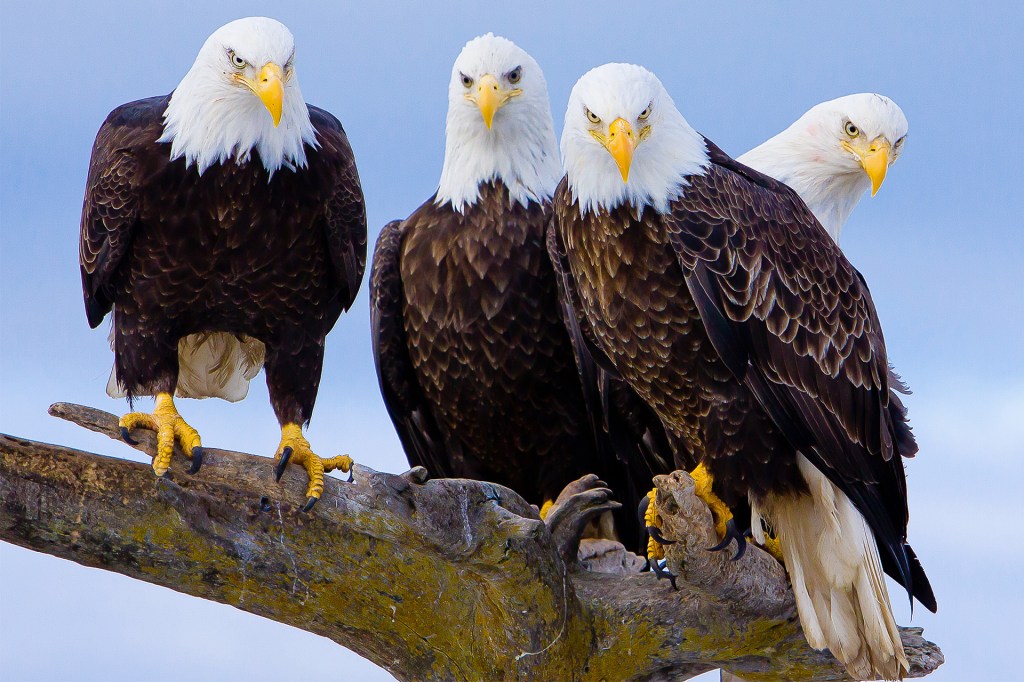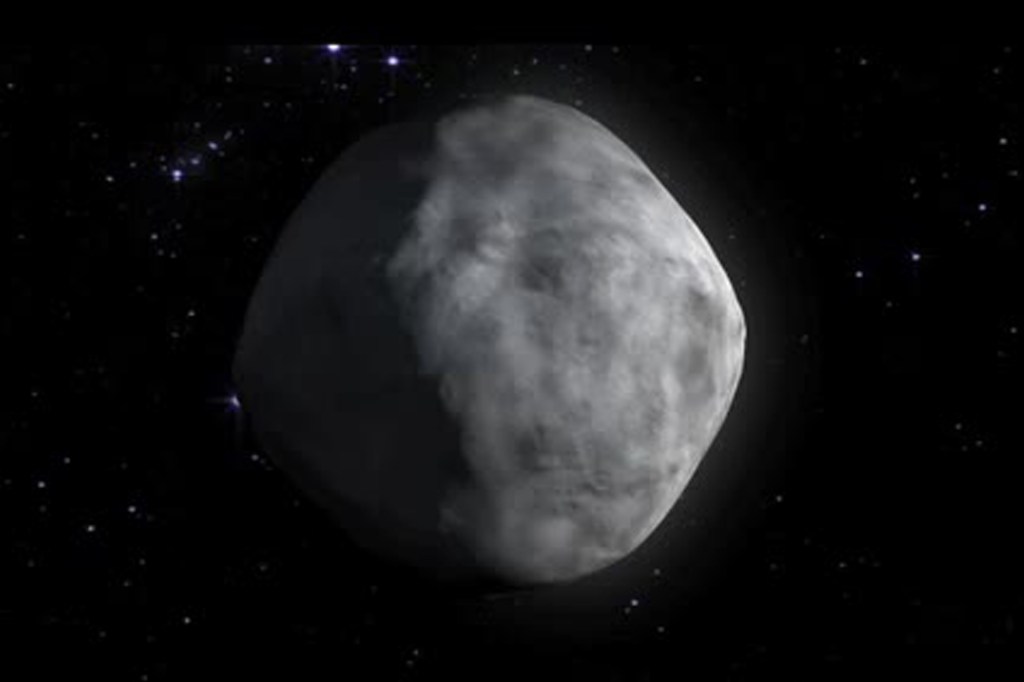
Dinosaurs are long gone, but scientists keep finding new types of the extinct creatures. Two recent discoveries are providing insight
insight
 GETTY IMAGES
the power or act of seeing into or understanding a situation
(noun)
Looking at old photographs gave Becky insight into what her parents were like when they were kids.
into North America’s distant past.
GETTY IMAGES
the power or act of seeing into or understanding a situation
(noun)
Looking at old photographs gave Becky insight into what her parents were like when they were kids.
into North America’s distant past.
In May, the fossil of a 110-million-year-old armored herbivore
herbivore
 GETTY IMAGES
a plant-eating animal
(noun)
An animal that eats grass but not meat is an herbivore.
went on display at the Royal Tyrrell Museum, in Alberta, Canada. Miners in northern Alberta unearthed the fossil in 2011.
GETTY IMAGES
a plant-eating animal
(noun)
An animal that eats grass but not meat is an herbivore.
went on display at the Royal Tyrrell Museum, in Alberta, Canada. Miners in northern Alberta unearthed the fossil in 2011.
The creature belongs to a newly discovered species within the nodosaur family. In August, it was given a name: Borealopelta markmitchelli.
“It’s the best-preserved
preserved
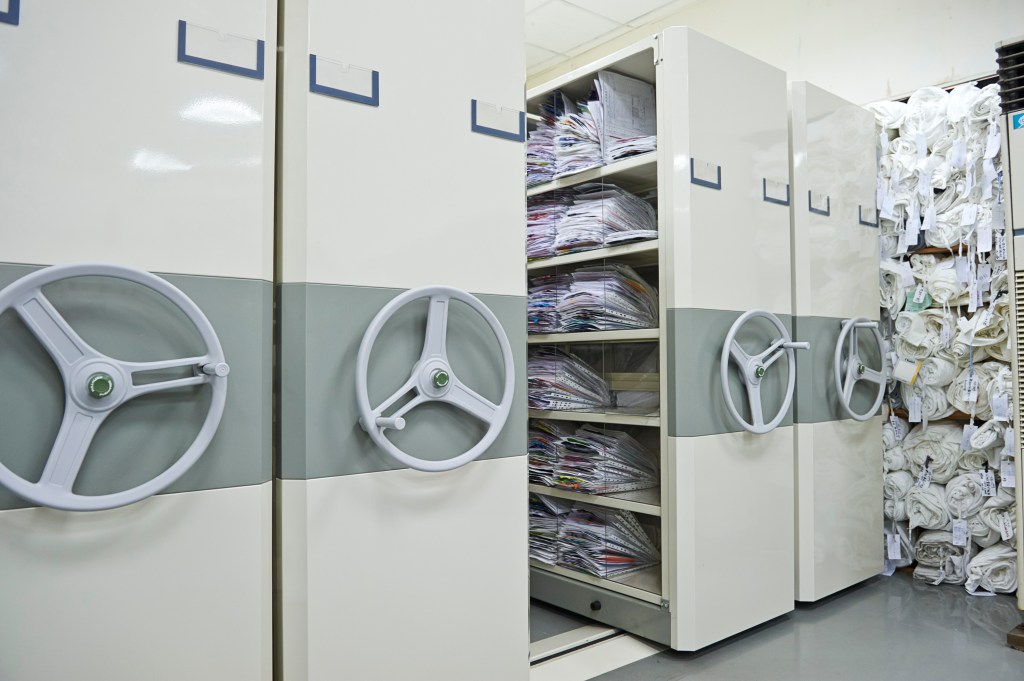 GETTY IMAGES
kept safe from loss or harm
(adjective)
The papers were preserved in a special cabinet.
armored dinosaur in the world,” Donald Henderson told TFK. He is the museum’s dinosaur curator
curator
GETTY IMAGES
kept safe from loss or harm
(adjective)
The papers were preserved in a special cabinet.
armored dinosaur in the world,” Donald Henderson told TFK. He is the museum’s dinosaur curator
curator
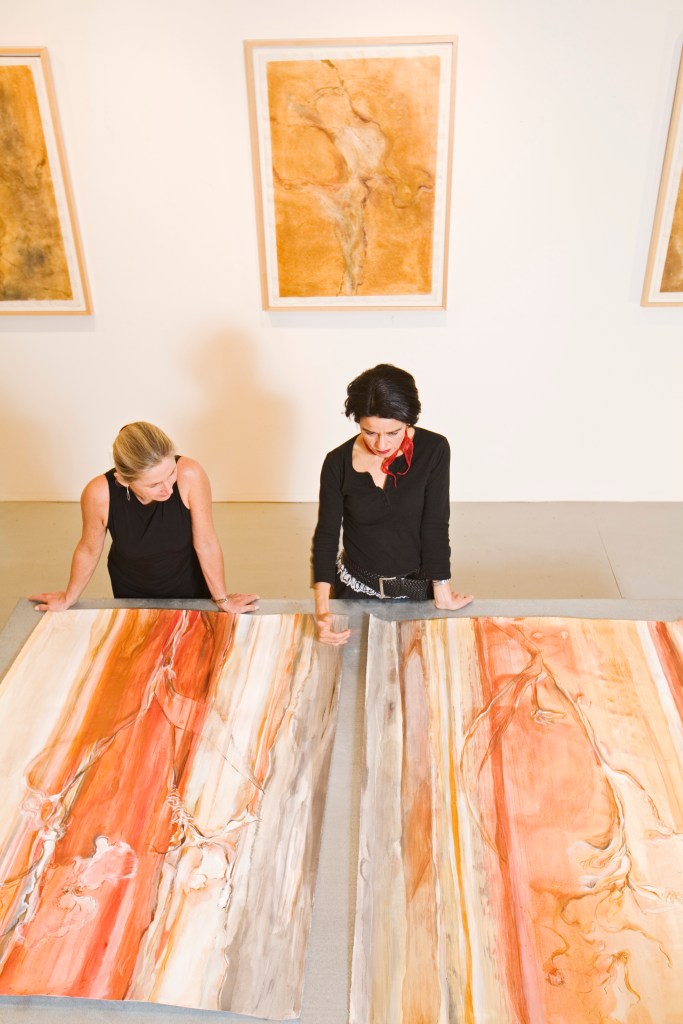 MACDUFF EVERTON—GETTY IMAGES
a person in charge of a museum or an exhibit
(noun)
The curator selects artwork to show in the museum.
.
MACDUFF EVERTON—GETTY IMAGES
a person in charge of a museum or an exhibit
(noun)
The curator selects artwork to show in the museum.
.
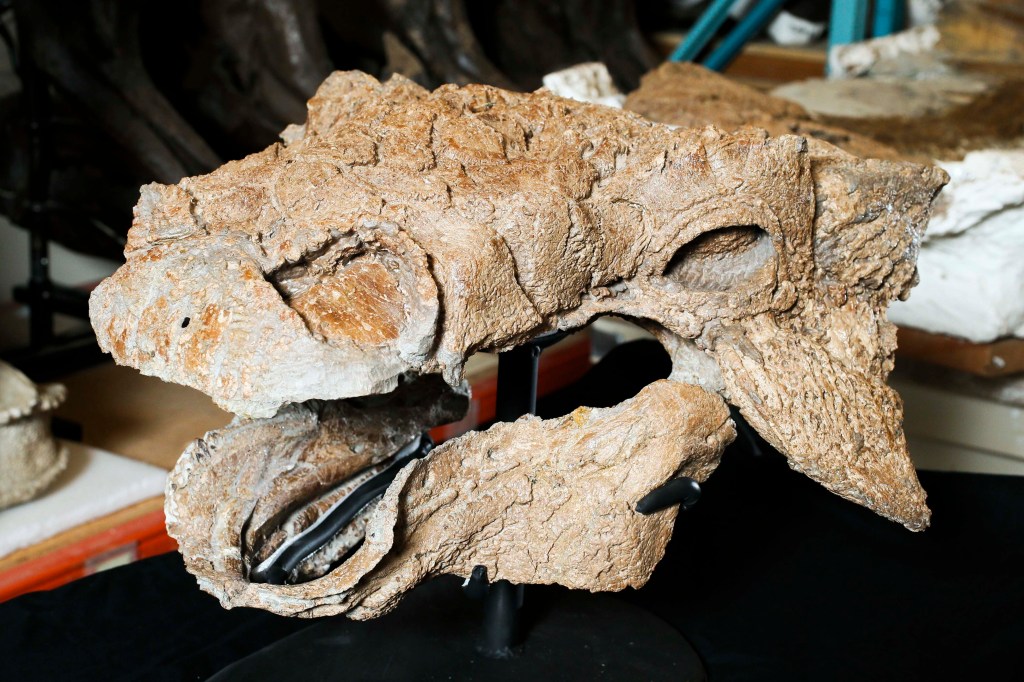
Zuul, shown here, had a tail like a sledgehammer, which it may have used as a weapon.
ANDREW FRANCIS WALLACE—TORONTO STAR/GETTY IMAGESThe nodosaur was about 18 feet long and weighed nearly 3,000 pounds. It had bony, bumpy plates of armor. Scientists think that millions of years ago, the pit where the fossil was found was under the sea. Minerals in the water preserved the remains.
“We’ve got all the armor,” Henderson says. “Even better, we’ve got the scales, which we can see between the rows of armor and on top of the armor. No one’s ever seen that before.”
A Movie Monster
Also in May, researchers from the Royal Ontario Museum (ROM), in Toronto, Canada, published a report about a new ankylosaur species. Its fossilized skeleton was found in Montana. The creature lived around 75 million years ago, was about 20 feet long, and weighed nearly 5,500 pounds.
Scientists named that dinosaur Zuul crurivastator after Zuul, a monster in the 1984 movie Ghostbusters. Both creatures have a short, rounded snout and horns above the eyes.
In a statement, the ROM called Zuul “one of the most complete and best-preserved ankylosaurs ever discovered.”





